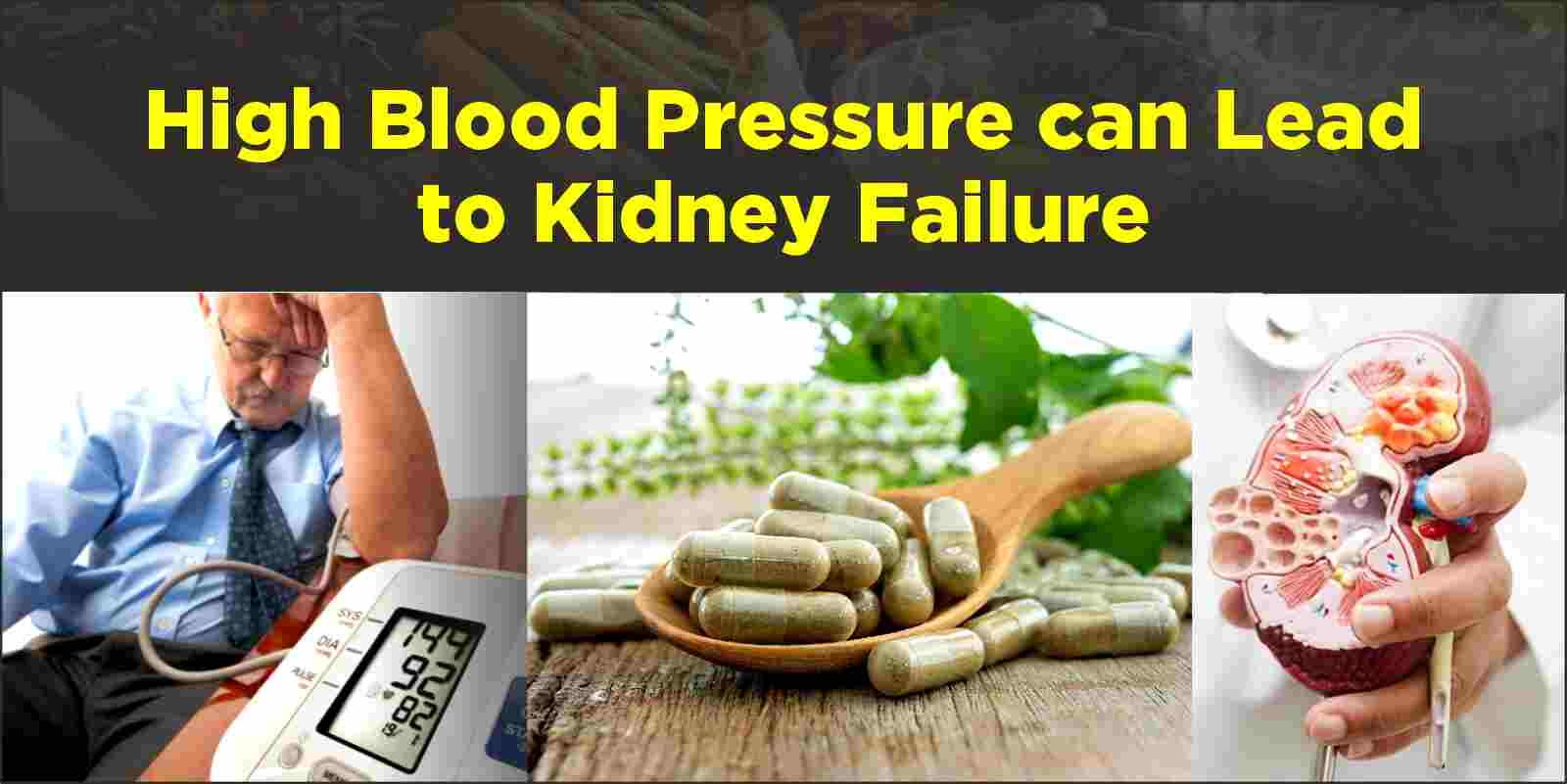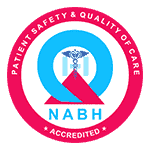High blood pressure (hypertension) is a leading cause of kidney failure all over the world. Since it rarely shows symptoms, blood pressure is also termed the “silent killer”. Hypertension damages vital organs over time, including the kidneys. Kidney failure treatment in Ayurveda also advises patients to monitor their blood pressure for the effective functioning of their kidneys. This article will try to decode the connection between high blood pressure and kidney failure, the mechanisms involved, and strategies for prevention and management.
How High Blood Pressure Affects the Kidneys
The kidneys play a role in filtering waste and excess fluid from the blood, regulating electrolytes and controlling blood pressure through the release of hormones. High blood pressure destroy these blood vessels and the structures found in the kidneys which in turn cause the blood vessels to not functioning optimally. Here’s how it works:
- Damage to Blood Vessels: High blood pressure strains the walls of blood vessels of all kinds, from larger arteries to tiny glomerular capillaries in the kidneys. This leads to the scarring of the blood vessels, eventually hampering their ability to filter blood properly.
- Decreased Blood Flow to the Kidneys: High blood pressure narrows or damages blood vessels, which means that the kidneys don't get as much blood flowing to them. Inadequate blood flow leads to the accumulation of waste and an increase in the retention of fluids in the body, which contributes to renal dysfunction.
- Glomerular Damage: Unchecked hypertension damages the glomeruli, the filtration units in the kidneys. This can cause proteinuria, an early sign of kidney damage.
Hypertension and Chronic Kidney Disease (CKD)
Hypertension is both a cause and a consequence of chronic kidney disease as the feedback loop kicks in. When hypertension damages the kidneys, it contributes to CKD. Conversely, CKD can worsen hypertension because more fluid is retained in the body due to poor renal function.
Signs of Kidney Damage from High Blood Pressure
The most frequent symptoms are:
- Swelling in the hands, feet, or face as fluid starts to retain in the body
- Fatigue and weakness
- Frequent or reduced urination
- Foamy urine (a sign of proteinuria)
- High blood pressure
Experiencing Symptoms of Kidney Damage?
High blood pressure can silently harm your kidneys. Get expert Ayurvedic consultation to prevent further complications.
Preventing Hypertension-Related Kidney Failure: Tips
- Monitor Your Blood Pressure: Regularly check your blood pressure, especially if kidney disease and hypertension run in your family.
Adopt a Kidney-Friendly Diet:
- Limit sodium intake by consuming a low-sodium diet.
- Reduce consumption of processed foods and sugary beverages.
- Include a fiber-rich diet in your routine.
- Limit potassium (bananas, oranges, potatoes, tomatoes).
- Restrict phosphorus (limit dairy, nuts, cola, and processed foods).
- Stay hydrated (but follow fluid limits if advised by a doctor).
Foods to Eat:
- Low-sodium vegetables (cabbage, cauliflower, bell peppers).
- Apples, berries, grapes, and pineapples (low-potassium fruits).
- White rice, white bread, and pasta (lower in phosphorus than whole grains).
- Healthy fats (olive oil, unsalted butter, avocado in moderation).
Foods to Limit/Avoid:
- High-potassium foods like bananas, oranges, spinach, potatoes.
- High-phosphorus foods such as cheese, nuts, seeds, dark sodas.
- Processed and salty foods (for example, chips, deli meats, frozen meals).
- Excessive protein (red meat, large amounts of dairy).
Need a Personalized Kidney-Friendly Diet Plan?
Our Ayurvedic experts can guide you with a tailored diet plan to help manage high blood pressure and protect your kidneys.
Exercise Regularly: Engage in at least 30 minutes of moderate-intensity exercise to effectively manage heightened blood pressure.
Manage Underlying Conditions: If you have diabetes, you must control your blood sugar. Diabetes causes both hypertension and kidney disease.
Avoid Smoking and Alcohol: Smoking damages blood vessels whereas alcohol damages the liver and causes other health complications; completely avoid them.
Take Medications as Prescribed: If required, you should take appropriate medicines to control high blood pressure to avoid future complications.
Yoga for Controlling High Blood Pressure
High blood pressure (hypertension) can also be treated effectively with yoga. A few yoga poses have been found effective in relieving stress, promoting relaxation and improving circulation. Some useful yoga poses include:
- Sukhasana (Easy Pose) – It calms the nervous system and helps regulate blood pressure.
- Vajrasana (Thunderbolt Pose) – Best asana for improving digestion..
- Balasana (Child’s Pose) – Eases stress and lower blood pressure.
- Setu Bandhasana (Bridge Pose) – Increases blood circulation and heart functioning.
- Viparita Karani (Legs Up the Wall Pose) – Stimulates blood and helps the body unwind.
- Paschimottanasana (Seated Forward Bend) – Activates the parasympathetic nervous system, reducing stress levels.
- Shavasana (Corpse Pose) – Supports deep relaxation, decreasing overall blood pressure.
Performing these poses on a daily basis with a slow, controlled breath is recommended. However, you should perform these asanas under the guidance of a Yoga teacher to avoid any freak injury..
Looking for Natural Ayurvedic Treatment?
Ayurveda provides powerful natural remedies for managing high blood pressure and kidney health. Speak with our specialists today!
Conclusion
The article examines how high blood pressure leads to kidney failure. Implementing proactive hypertension management combined with kidney health preservation is a sure shot way to prevent future renal complications. To address concerns about blood pressure and kidney health, seeking medical advice is recommended. You can visit an Ayurvedic hospital like Karma Ayurveda Hospital for a completely natural treatment health disorders. Karma Ayurveda leads the way in offering quality herbal treatments for health disorders, including high blood pressure.

